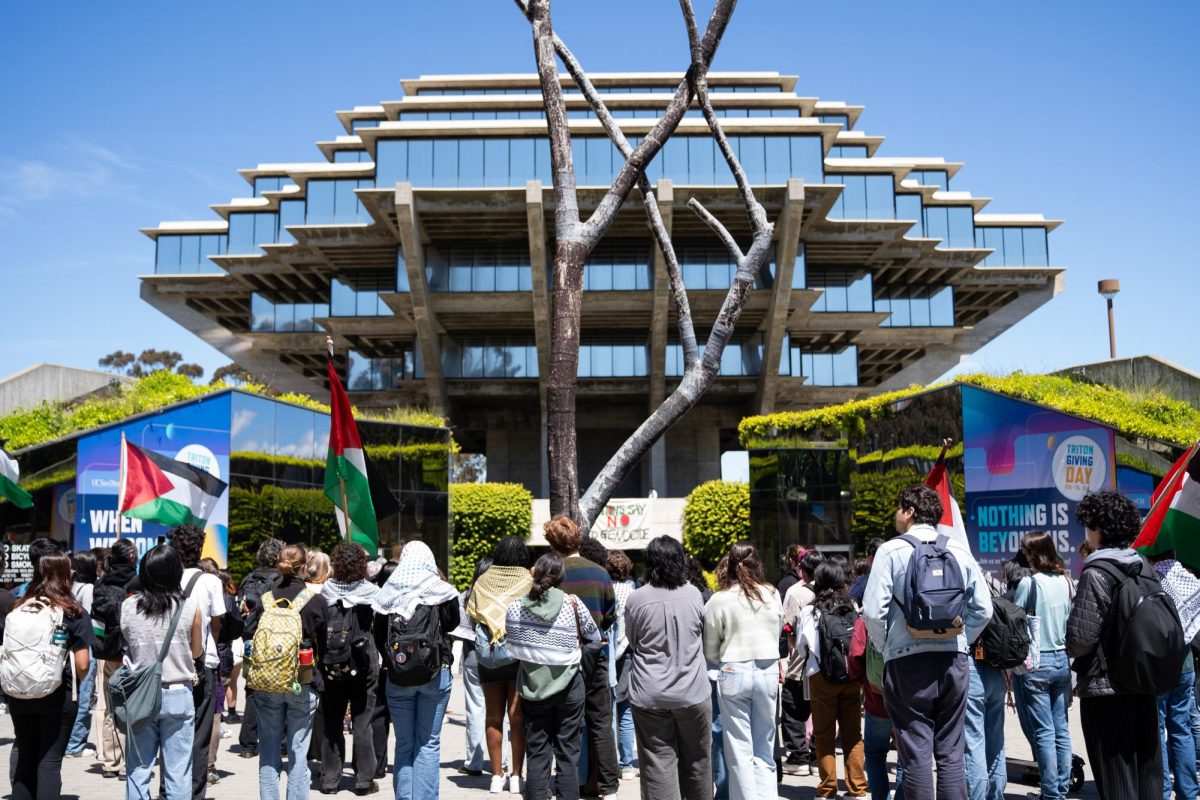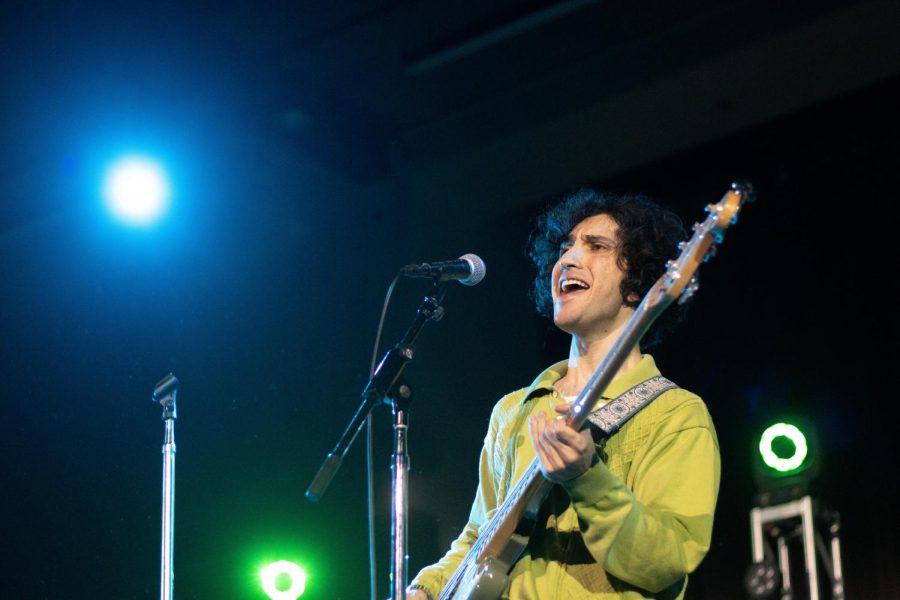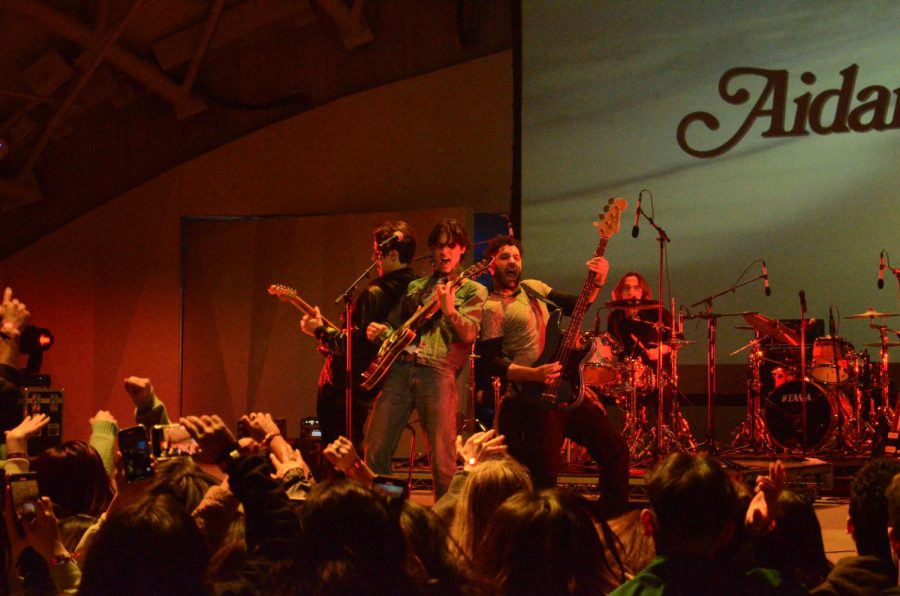Stepping away from the silent, stunning images of daily life in Iraq and Afghanistan that conclude the current exhibit at the Museum of Photographic Art (MoPA), I depressingly re-encounter the manicured tropics and faux-Spanish fountains that inhabit Balboa Park. Resentment of San Diego’s palm-scattered cement takes on new life after having truth breathed back into me by the six pioneering women in photojournalism, and two more that carry on their legacy today.
Working Girls: “Women Working the Factories,” by Thérése Bonney, is part of “Breaking the Frame: Pioneering Women in Photojournalism.” The exhibit runs alongside another featuring modern photos from Iraq and Afghanistan.
The black-and-white prints of Thérèse Bonney, Esther Bubley, Olga Lander, Hansel Meith, Grace Robertson and Margaret Bourke-White (the only significantly famous one in the bunch) flesh out a human history of war, depression and living conditions during the mid-1900s: European art ravaged by the ferocity of World War II. An African-American breadline silhouetted by a billboard advertising the white, top-down-convertible American Dream. Tribally clothed African natives signing up to work in the gold mines. Soviet soldiers removing the swastika from their train. The topics range widely, yet join seamlessly to illustrate the complexity of an era.
But why restrict this social commentary to the work of women? The answer unfolds through the maze of gallery walls, dotted with images of everyday life to accompany the profound. Female factory workers gleam with pride under their hard hats, and a homeless man sleeps peacefully by a campfire with his skeletal dog. In the Life magazine spread “Mother’s Day Off,” Robertson observes a group of middle-aged London women finally letting loose, hiking up their skirts and throwing back a few. By getting close to scenes that men have been less known to photograph — perhaps it would have been more difficult for them — these women prove the worth of femininity in the profession.
Not to say that male photographers cannot capture emotion, but there is a certain aspect of these subjects that suggest they were able to open up more freely with a feminine eye behind the lens. This truth is reinforced by the last room of the exhibit, displaying in radiant color the modern masterpieces of Stephanie Sinclair and Andrea Bruce. Afghan women let the photographers in to witness the burned, dying corpses of their sister spousal abuse victims, and at the same time, American women are not seen as huge threats to the men.
What these women seem to understand is that not every photo needs a mangled soldier to evoke pain or sympathy — in fact, Bruce’s simple shot of a child and old woman praying in poverty prompted an anonymous viewer to donate $5,000 to the family.
The startling closeness of a land we Americans so distance ourselves from is refreshing, a beauty that transcends the Southern California tackiness and leaves us just a little elevated.







